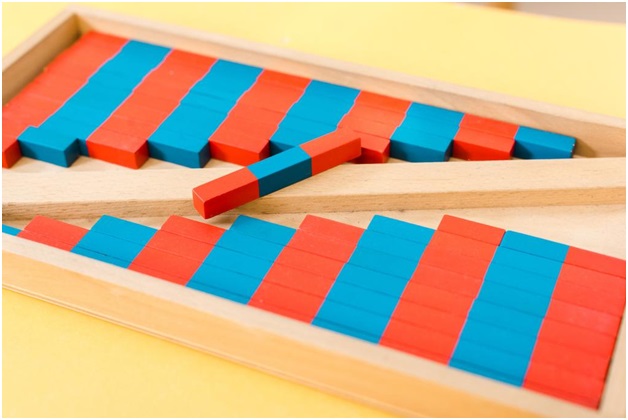
Understanding the True Cost of Board Game Manufacturing
Emanating from the crucible of creativity, a board game metamorphoses into a tangible masterpiece, but its cost, an intricate tapestry woven from myriad threads, beckons prudent exploration. What transpires within the alchemical crucible of production? This article ventures to unravel the intricate dance between creativity and cost, shedding light on the multifaceted facets that culminate in the birth of a board game.
Understanding the Elements of Board Game Manufacturing Costs
Intriguingly, board games, reminiscent of time-honoured traditions, persist as contemporary marvels that captivate enthusiasts across generations. Nevertheless, as the allure of these games persists, so does the intricacy that shrouds the board game manufacturing cost, a narrative that unfolds like a suspenseful saga.
The curtain rises on the grand prologue of manufacturing—sourcing the raw materials that constitute the game’s essence. Here, one must traverse the variegated landscapes of procurement, acquiring cardboard sheets, dice, plastic fragments, artworks, and other essences. Quality and quantity converge as pivotal players, orchestrating a symphony of cost fluctuations. The choicest decision emerges: to outsource certain components from distant lands, thus sculpting a complex labyrinth of logistics and financial dexterity.
Once the ingredients are gathered, the grand spectacle of production unfolds. Imprinting game boards onto cardboard canvases, sculpting components from printed parchment, the assembly commences, birthing a complete opus ready for the world’s stage. The conundrum unfurls—a dance of complexity and scale, where intricate designs summon skilled artisans, inevitably swaying the cost pendulum.
When the architects of imagination conceptualize a board game, the symphony of manufacturing cost resounds with unwavering intensity. The overture, played by materials, takes centre stage. The alchemical concoction of paper, plastic, cardboard, and other constituents dictates the economic crescendo. Special tools and machines add their notes, harmonizing assembly and packaging, while the symphony of printing costs and scale orchestrate their cadences, shaping the cost melody.
The human element, labour, etches its indelible imprint on this sonic tableau. The geographic tableau of labour unveils its spectrum—from foreign shores to domestic workshops, where wages and expertise waltz in a cost-laden ballet. Automation steps onto the stage, a double-edged blade promising efficiency while courting quality dilemmas.
Logistics, an operatic entrée, casts its shadow on the coast drama. The saga of shipping and movement, from factory to fingertips, commands a role of paramount significance. With every mile traversed, expenses soar, altering the cost of the symphony’s tempo.
Within the tapestry of board game manufacturing, myriad threads weave a complex tableau, each strand a crucial piece of the cost mosaic. Here, within this mosaic, each element assumes its distinct hue and role, shaping the grand narrative of cost.
Design and Development unfurl their canvas, a sprawling landscape of creativity and vision. From the board’s blueprint to cards adorned with captivating art, each stroke bears a cost, rendering this realm the most substantial contributor to the grand tapestry.
Manufacturing, the forge where ideas meld into reality, manifests through materials and craftsmanship. Here, materials define the tone, the cost warping with their choice. Production, an intricate dance of printers and assemblers, punctuates this chapter with labour’s poignant resonance.
The symphony concludes with Packaging and Shipping, where completed works are encapsulated, en route to enchanting their audiences. Packaging design and the logistics of transportation mark the crescendo, a final surge of expenses that guides these creations to the realm of players and enthusiasts.

In the pantheon of economic orchestration, few domains rival the complexities inherent in the production of board games. An ancient diversion revived in contemporary splendour, board games balance on the precipice of innovation and cost, their creation’s artistry dependent on careful consideration of these twin elements.
Materials weave the tales of cost, forging intricate bonds between creators and components. Labour, be it the nimble hands of artisans or the precision of machines, imprints its signature on the cost ledger. Logistics and geography, allies of movement and distance, traverse vast landscapes of expenditure.
As the curtains fall on this discourse, one truth emerges—the realm of board game manufacturing cost resonates as a nuanced dance, where creativity and financial calculus coalesce, birthing tangible magic for the world to embrace. In this grand performance, cost becomes an indispensable character, one that, when deftly choreographed, harmonizes with the symphony of play and profit.
Conclusion
Board game manufacturing cost is an important factor in the success of any game, as it must be kept to a minimum to maximize profits. However, care should also be taken when choosing materials and production processes to ensure that the final product meets quality standards and is attractive to potential customers. With careful consideration of these factors, manufacturers can create board games that are both profitable and enjoyable for players.

